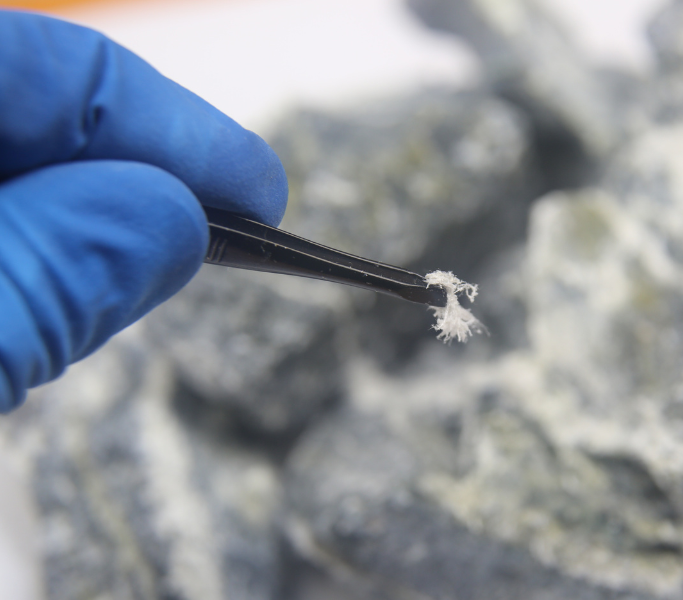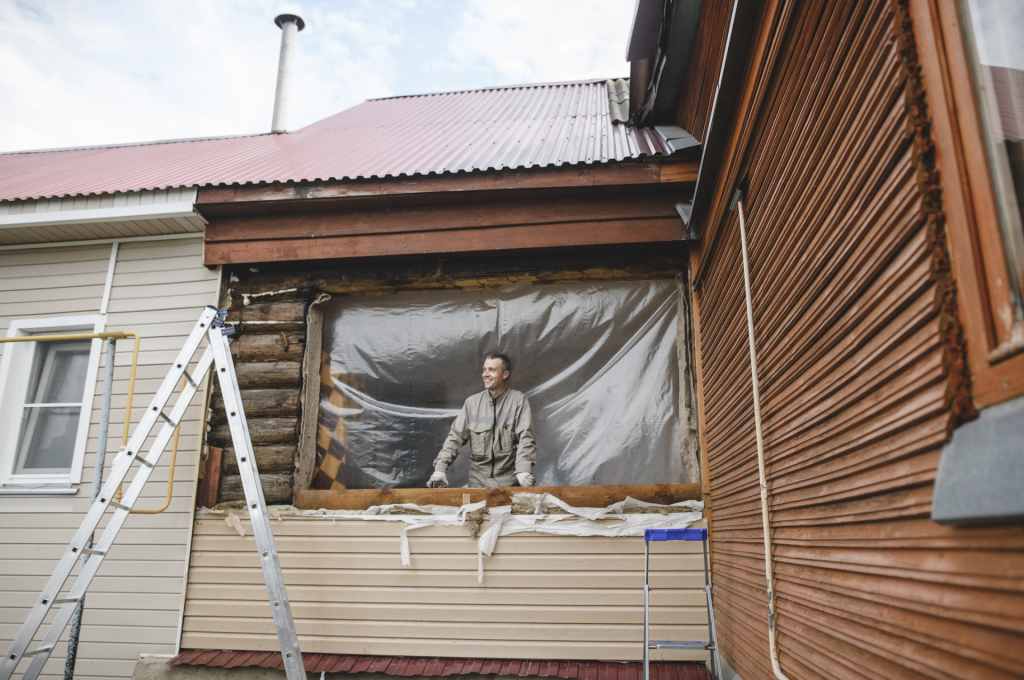
Asbestos is a group of naturally occurring fibrous minerals historically used extensively in construction materials due to their durability, fire resistance, and insulating properties. Common products that may contain asbestos include drywall mud, insulation, vinyl flooring, ceiling tiles, roofing shingles, and pipe wraps.
However, asbestos fibres can become airborne and are easily inhaled when disturbed. Due to its harmful health effects, the use of asbestos in building materials was eventually phased out, but many older buildings still contain asbestos. Asbestos sampling is necessary to determine whether this dangerous material is present and if it poses a risk to occupants and workers during renovation or demolition.

Asbestos sampling is essential in ensuring the safety of any project where renovation, demolition, or construction work is planned. The purpose of this service is to:
At T&T Occupational Health & Safety, our asbestos sampling process follows a strict methodology to ensure accuracy and safety throughout the procedure. Here’s how the process works:
Section 20.112(2) of WorkSafeBC Regulations states, Before work begins on the demolition or salvage of machinery, equipment, a building or a structure, or the renovation of a building or structure, all employers responsible for that work, and the owner, must ensure that a qualified person inspects the machinery, equipment, building or structure and the worksite to identify the hazardous materials, if any.
This is regardless of the buildings age.
Key moments to perform asbestos sampling include:
The primary concern with asbestos is its effect on human health when fibres are inhaled. Asbestos-related diseases may not manifest until many years after exposure, making early detection and prevention critical. Prolonged asbestos exposure can result in:
By conducting asbestos sampling and addressing any asbestos-containing materials, you can help prevent these life-threatening conditions and ensure the safety of your building’s occupants and workers.
At T&T Occupational Health & Safety, we are committed to providing reliable and comprehensive asbestos sampling services. Our certified professionals use industry-leading techniques to ensure precise results, helping you protect the health of everyone involved in your project. We take pride in delivering fast, accurate results and offering clear guidance on the next steps if asbestos is detected.
Don’t leave asbestos to chance—contact us today to schedule asbestos sampling and ensure your environment is safe, compliant, and free from harmful asbestos fibres.